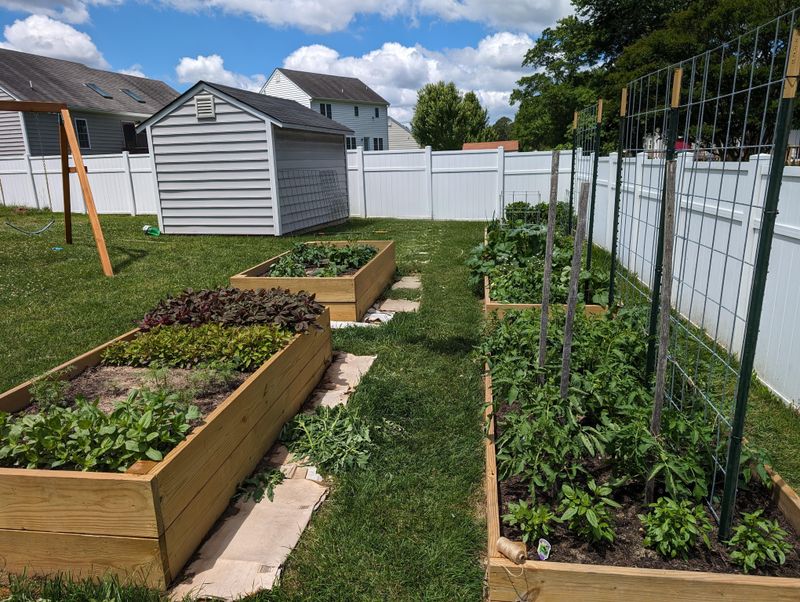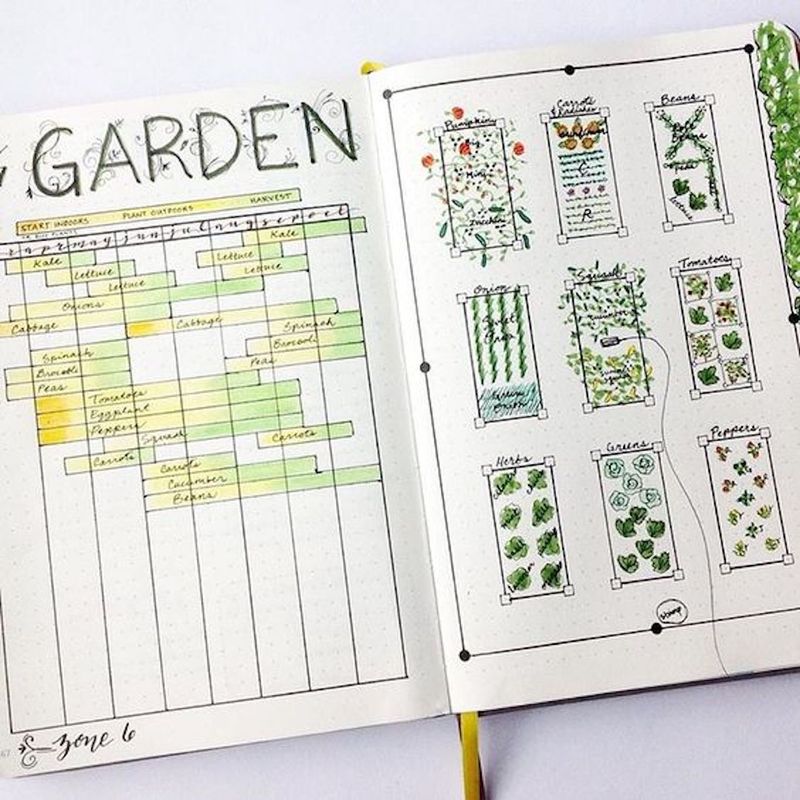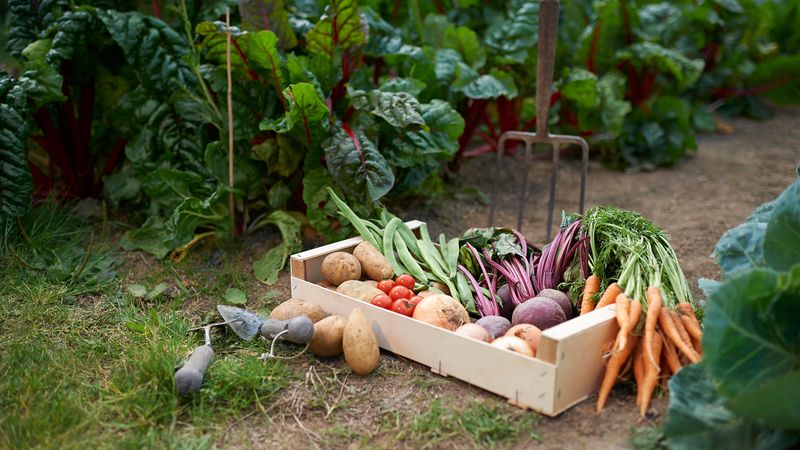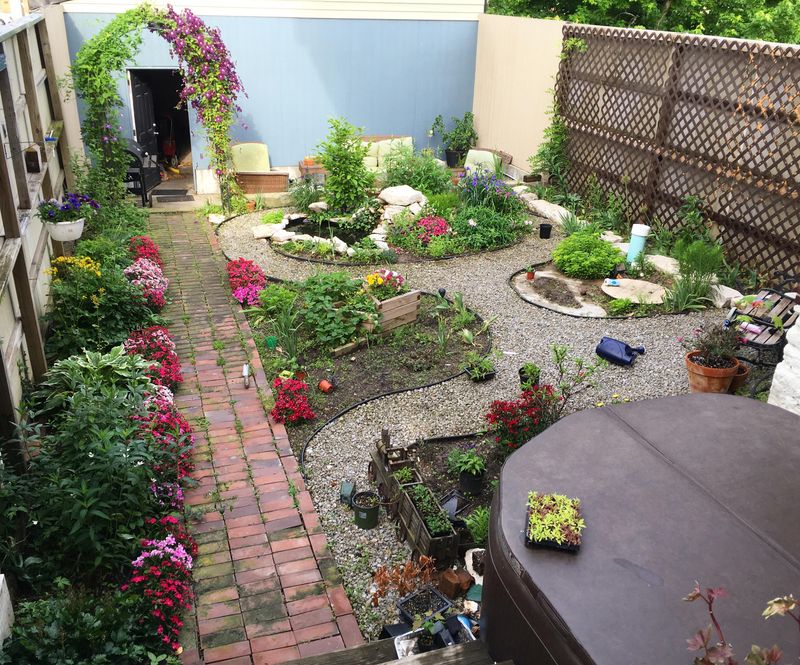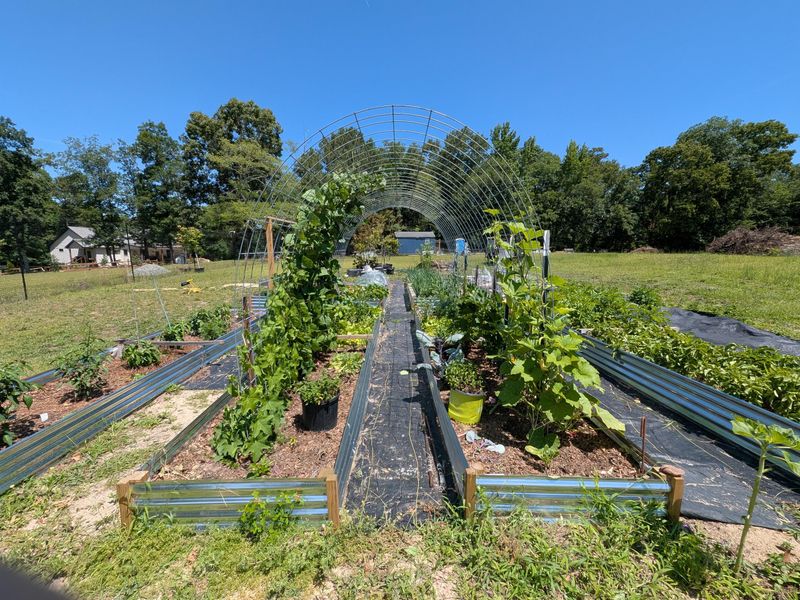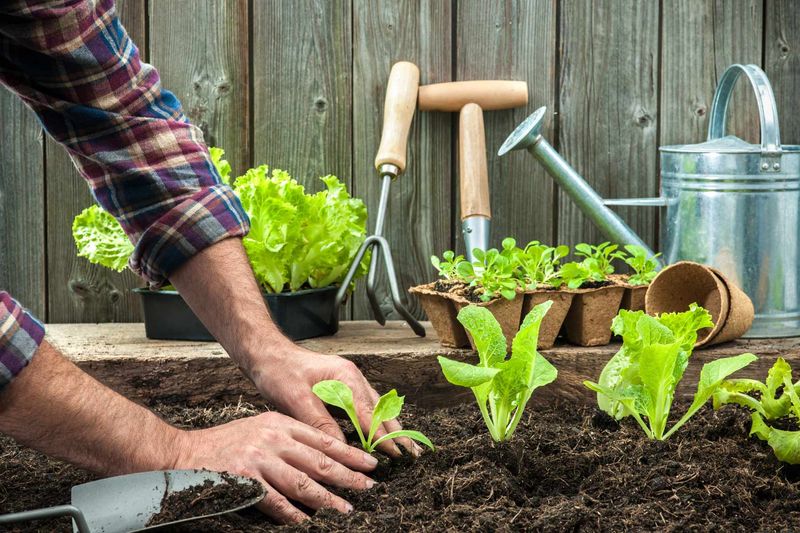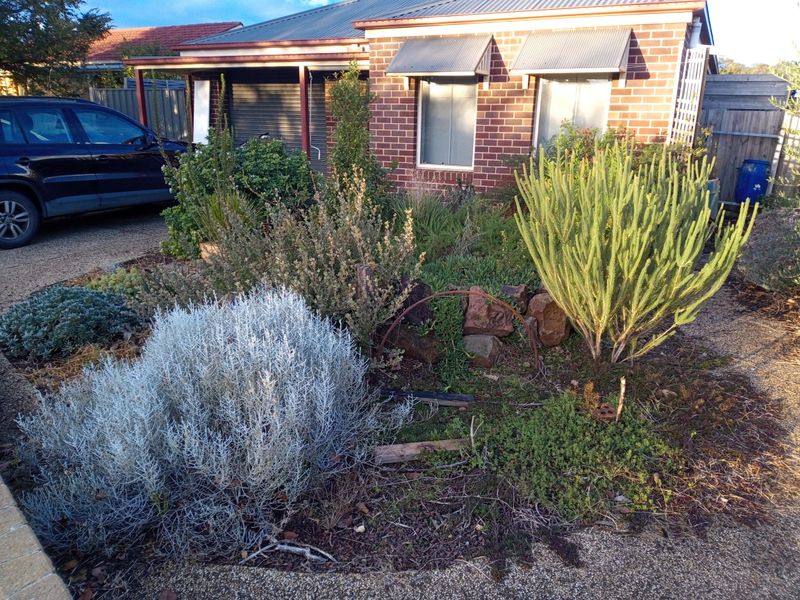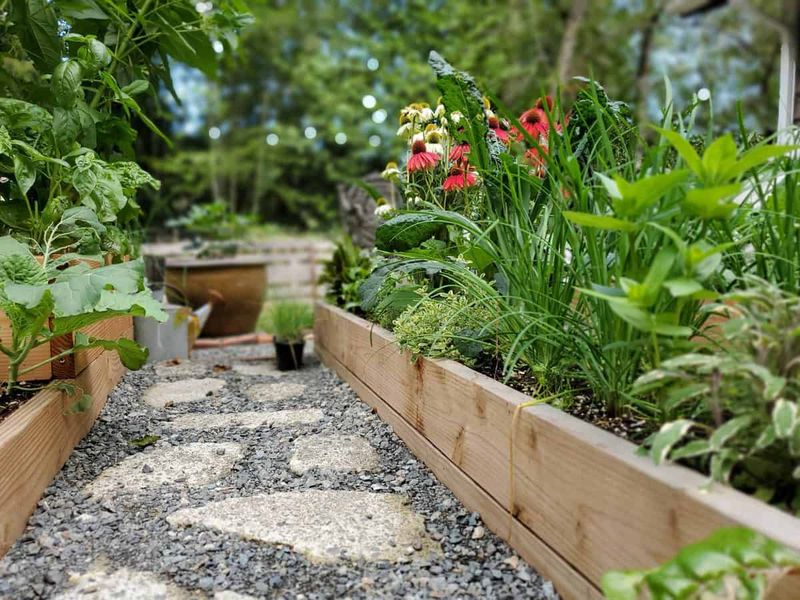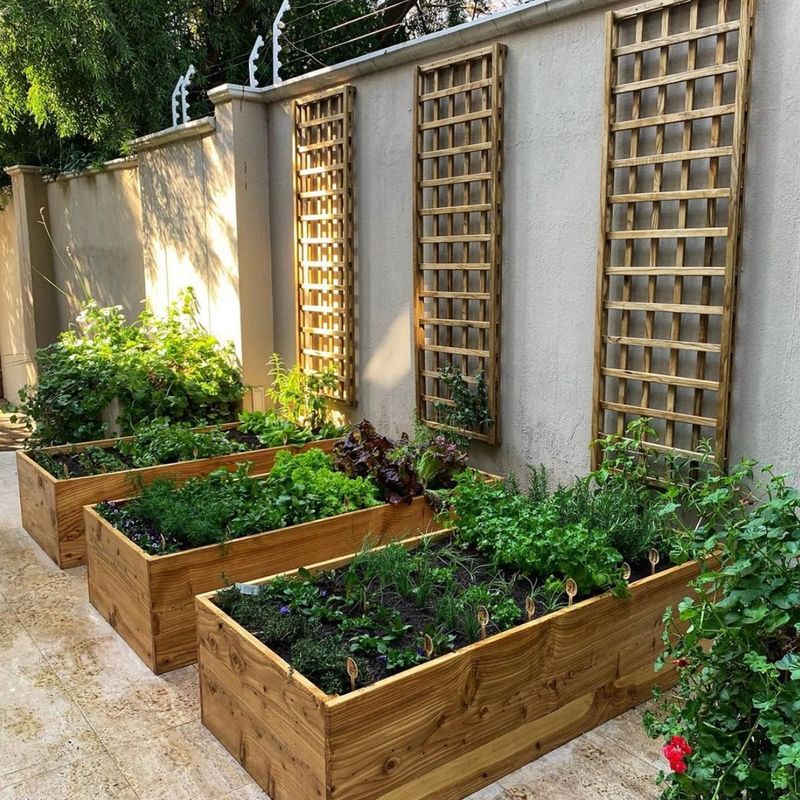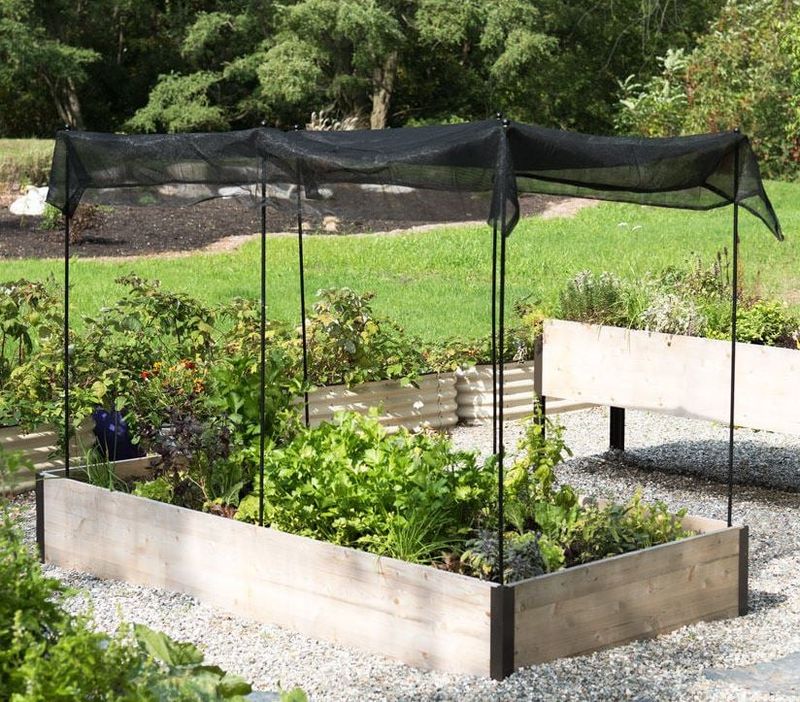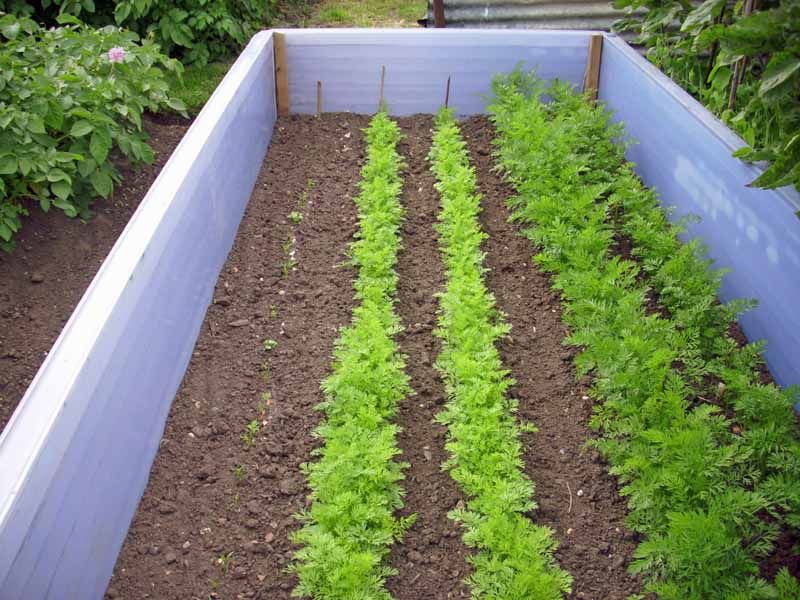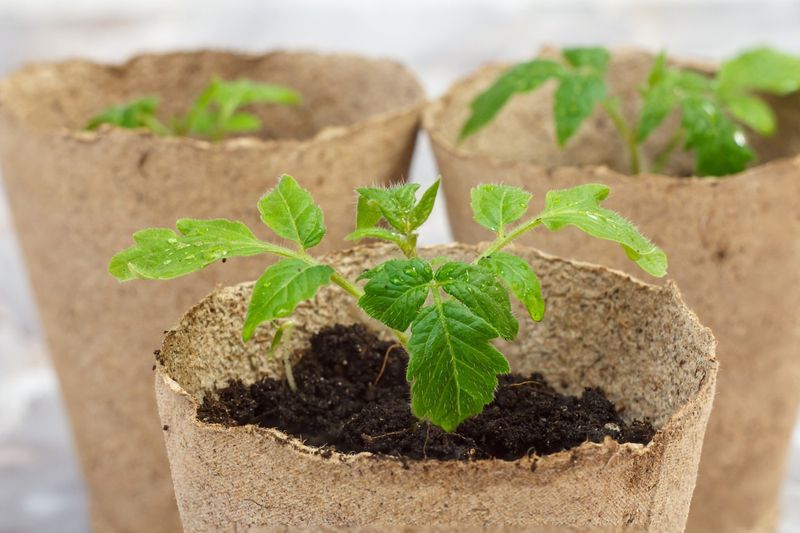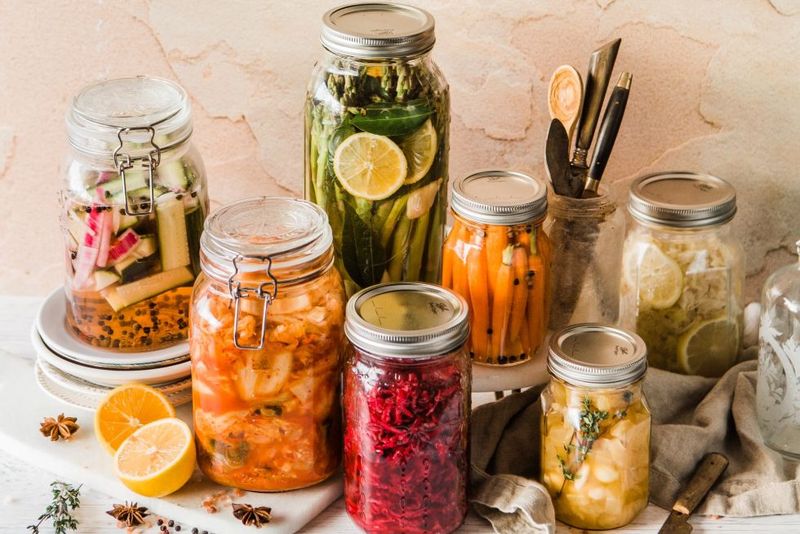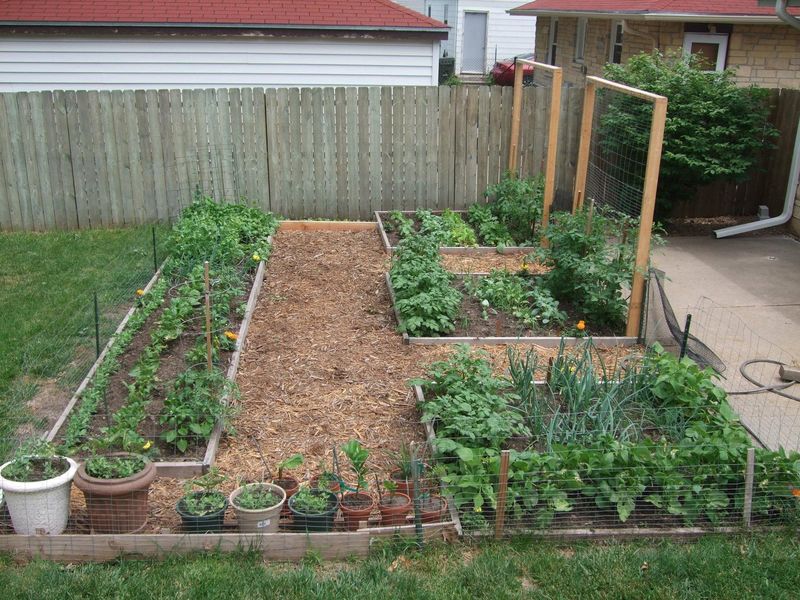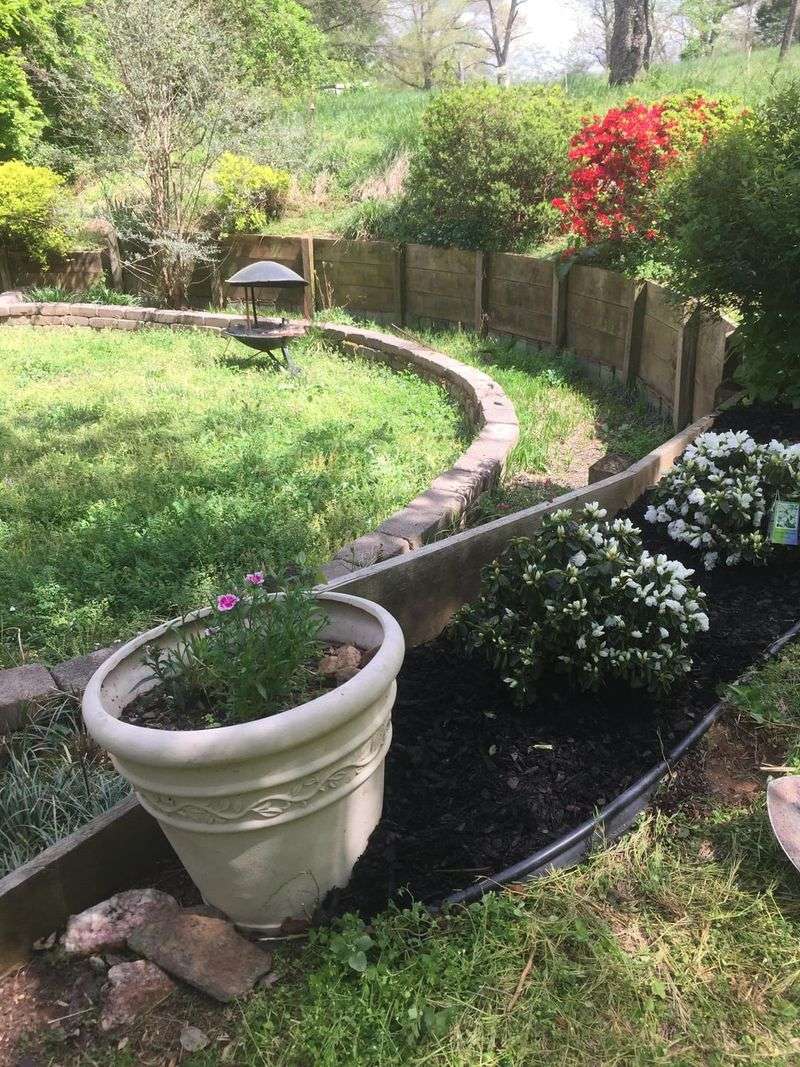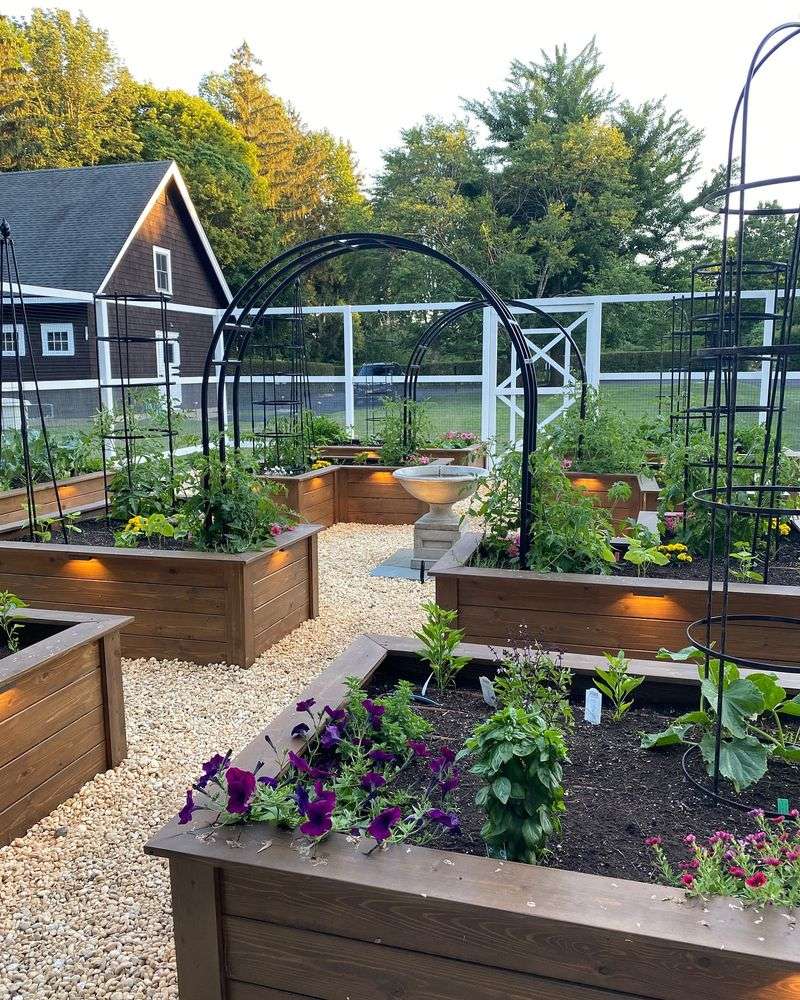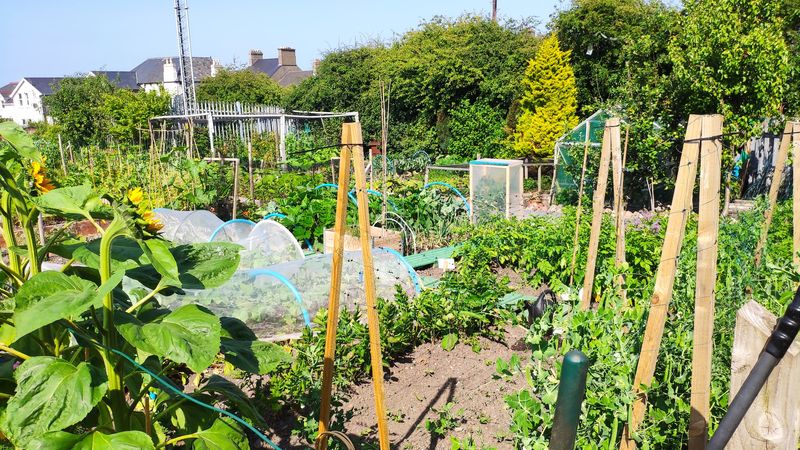Smart goals can totally transform your gardening experience. A clear plan helps you make the most of your time, space, and supplies—and keeps things running smoothly from seed to harvest. It’s like setting the stage for a thriving, low-stress garden.
Whether it’s crop rotation, companion planting, or choosing heat-resistant varieties, tried-and-true strategies really add up. They boost yields, reduce pests, and let your hard work pay off in fresh food and vibrant blooms. Purposeful choices lead to powerful results.
But even the best intentions can go sideways. Overcrowding plants, skipping soil prep, or ignoring watering needs are common pitfalls. Dodging these mistakes gives your garden its best chance to flourish—and keeps your green thumb growing strong
1. Map Your Garden Space
Grab a pencil and paper to sketch your garden layout before planting season begins. Measure your available space accurately, noting sunny and shady spots.
Knowing exactly what you’re working with prevents overcrowding and helps match plants to their ideal growing conditions. I learned this lesson after cramming too many tomatoes into a small plot my first year.
Update your map each season with notes about what thrived where, creating a valuable reference that improves your garden year after year.
2. Start A Garden Journal
Record-keeping transforms casual gardening into deliberate success. Note planting dates, varieties, weather patterns, and harvest yields in a dedicated notebook.
Your memory isn’t as reliable as written observations. When I flip through last year’s notes, I’m always surprised by details I would have forgotten about which varieties produced best.
The journal becomes your personal growing guide, tailored specifically to your microclimate and conditions, making each season more productive than the last.
3. Set Realistic Harvest Targets
Numbers make goals concrete. Calculate how many pounds of tomatoes or bunches of herbs your family actually consumes before deciding what to grow.
Many gardeners plant too much of everything, leading to waste or preservation panic. Setting specific targets like “40 pounds of potatoes” or “enough basil for 12 jars of pesto” creates focus.
Matching your garden output to your actual consumption needs saves space, time, and resources while ensuring you grow what you’ll truly use.
4. Create A Seasonal Calendar
Timing transforms average gardens into exceptional ones. Develop a month-by-month schedule showing when to start seeds, transplant seedlings, and harvest each crop.
A visual timeline prevents the common mistake of planting everything at once. My calendar hangs in the garage where I see it daily, keeping me on track with staggered plantings.
Include maintenance tasks like fertilizing and pruning too—these often-forgotten activities make the difference between mediocre and abundant harvests.
5. Plan Your Crop Rotation
Smart gardeners think years ahead. Divide your garden into sections and map out which plant families will occupy each area for the next 3-4 seasons.
Rotating crops prevents soil depletion and breaks pest cycles naturally. After growing tomatoes in one bed, I move them to a different location the following year, replacing them with beans that actually improve the soil.
Keep rotation simple by grouping plants by families—nightshades, legumes, brassicas, and root crops—then shifting each group to a new section annually.
6. Track Growing Costs
Gardening can save money—if you monitor expenses. Keep receipts for seeds, soil, and supplies in a dedicated envelope or spreadsheet.
Comparing costs to harvest yields reveals which crops give the best return on investment. Herbs and cherry tomatoes consistently top my value list, while exotic vegetables sometimes cost more to grow than buy.
This financial awareness helps allocate your budget to high-performing plants and identify where to cut unnecessary expenses, maximizing both harvest and savings.
7. Schedule Weekly Garden Sessions
Consistency beats sporadic effort every time. Block specific days and times on your calendar dedicated solely to garden maintenance.
Randomly “checking on the garden when I have time” leads to neglect. Thursday evenings and Sunday mornings are my non-negotiable garden appointments—rain or shine, I’m out there for at least 30 minutes.
Regular attention catches problems early and ensures timely harvesting, watering, and weeding, which collectively boost your yield tremendously.
8. Prioritize High-Value Crops
Not all garden space deserves equal treatment. Rank potential crops based on flavor, cost at grocery stores, and family preferences before assigning garden real estate.
Growing ordinary potatoes might not make sense when that same space could produce expensive heirloom tomatoes or hard-to-find herbs. What changed my garden forever was realizing bell peppers cost $2 each at my local store but grow abundantly in my climate.
Give prime spots to these high-return plants, maximizing the value and enjoyment you get from limited growing space.
9. Set Specific Skill Goals
Technical improvement dramatically increases yields. Choose one gardening skill each season to master completely, like proper tomato pruning or perfect seed starting.
Focusing on a single technique prevents overwhelm and builds expertise gradually. When I dedicated a season to learning proper watering techniques, my overall garden production jumped noticeably the very same year.
Document your learning process with photos and notes, creating a personal master class that compounds your gardening knowledge over time.
10. Create Contingency Plans
Weather extremes and pest outbreaks happen to every gardener. Prepare backup strategies for common challenges in your area before they occur.
Having row covers ready before frost warnings or companion plants to deter specific insects prevents panic responses. The summer my tomatoes developed blight, I immediately implemented my pre-researched copper spray program, saving half the crop.
Write down your emergency protocols for drought, flooding, pest invasions, and disease outbreaks so you can act quickly when problems arise.
11. Implement Succession Planting
Continuous harvests require continuous planting. Schedule sequential sowings of fast-growing crops every 2-3 weeks throughout the season.
Growing lettuce, radishes, or beans in staggered plantings ensures steady production rather than feast-or-famine harvests. In my garden, I sow small batches of carrots every three weeks from early spring through midsummer.
Keep a dedicated succession calendar showing exactly when to plant each new round, turning one garden space into multiple harvests throughout the growing season.
12. Measure And Celebrate Progress
Tracking success motivates continued effort. Weigh and record each harvest, noting the variety, date, and growing conditions.
Seeing your garden’s productivity in actual numbers provides concrete feedback on what’s working. The simple kitchen scale in my garden shed has transformed how I evaluate varieties—no more guessing which tomato really produces more.
Celebrate milestone harvests with special meals or preservation projects, connecting the joy of growing food with the pleasure of enjoying it.
13. Develop A Seed-Starting Schedule
Timing indoor seed starts perfectly maximizes your growing season. Create a custom calendar counting backward from your last frost date for each crop.
Precise timing prevents leggy seedlings or plants that aren’t ready when outdoor conditions are right. What works for me is a color-coded wall calendar with all start dates marked, plus weekly reminders on my phone.
Include notes about hardening off periods and transplanting windows to ensure seedlings transition smoothly to the garden, avoiding transplant shock that stunts growth.
14. Plan Your Preservation Strategy
Abundant harvests require forethought about storage. Before planting season, inventory your freezer space, canning supplies, and dehydrator capacity.
Matching preservation methods to your equipment and time constraints prevents waste during peak harvest. Last summer, I limited cucumber plantings after calculating how many pickles we actually consume.
Schedule preservation sessions on your calendar during heavy harvest periods so the bounty doesn’t overwhelm you, ensuring your garden’s abundance extends to your table year-round.
15. Establish Monthly Review Sessions
Regular evaluation prevents small issues from becoming big problems. Schedule a monthly garden review where you assess progress toward your goals.
Walking the garden with your journal, noting what’s thriving and struggling, creates accountability. These structured check-ins have saved countless plants in my garden by catching nutrient deficiencies or pest problems early.
Use these sessions to adjust your plans based on real-time garden performance, ensuring your goals remain realistic and achievable as the season progresses.
16. Setting Perfection As The Goal
Aiming for magazine-worthy gardens creates unnecessary pressure. Perfection-focused goals lead to disappointment when the inevitable challenges of weather, pests, or time constraints arise.
Better gardens come from embracing the learning process, not demanding flawless results. My most educational season was one where half my plants struggled—I learned more from those failures than from any success.
Replace perfectionist standards with improvement-based goals like “better tomato yields than last year” or “fewer pest problems through prevention,” focusing on progress rather than perfection.
17. Copying Others’ Garden Plans
Following someone else’s successful garden blueprint rarely works in your unique conditions. Climate, soil, sunlight, and personal schedules vary tremendously between gardens.
Borrowing inspiration is helpful, but direct imitation often leads to poor results. The famous three-sisters planting failed in my yard until I adapted it to my specific soil and sunlight patterns.
Develop goals based on your own garden’s history and conditions instead. Start with small experiments before committing to major changes, allowing your garden to reveal what truly works in your specific situation.
18. Setting Too Many Goals At Once
Ambition often backfires in gardening. Trying to maximize every crop, learn multiple techniques, and transform your entire yard in one season spreads resources too thin.
Overcommitment leads to neglect of basics like watering and weeding. The year I attempted to double my garden size while also mastering seed saving and fermentation resulted in mediocre results across all areas.
Limit yourself to 2-3 major garden goals per season, focusing your energy where it matters most. This concentrated effort yields better results than scattered attention across too many objectives.


